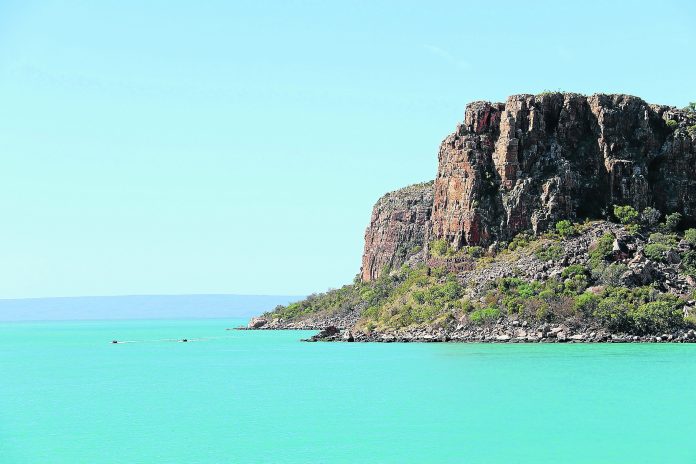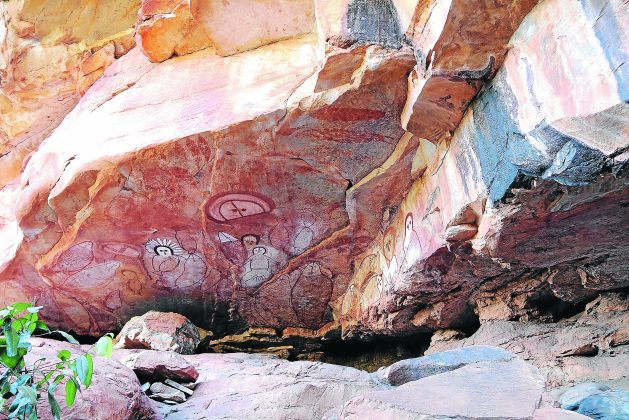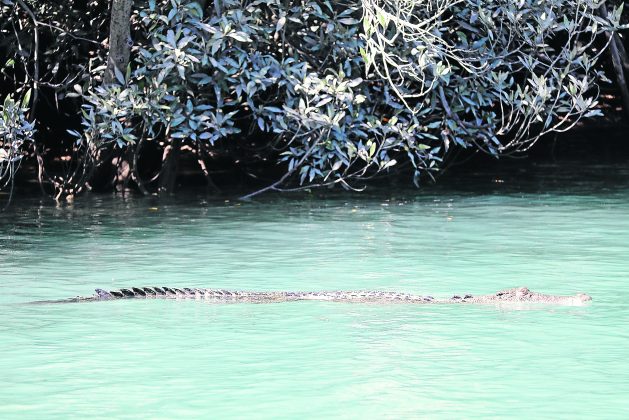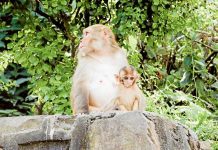
FOR locals, Jan and Gavin Cormican, their trip along the coast of the northwestern corner Australia marked the beginning of an ongoing fascination with that special part of the world.
The trip was thirteen-day expedition along the coast from Darwin to Broome on board the ship ‘Island Sky.’ With one night in Darwin at the start and one night at Broome at the end, eleven days were spent onboard the ship. The Island Sky is a small ship, it holds about 110 people, and is small enough to get near a lot of the bays.
On nine of those eleven days, the group went out into the bays via ‘zodiacs’ – inflatable water vehicles used to travel along the river systems. Some days the group would ‘wet land’ the zodiac, meaning the group would need to wade through water from offshore to get to land. Other days, the group would just spend hours cruising and exploring the gorgeous river systems in the zodiac.
The first day out on the zodiac, the group took off from Koolama Bay, journeying 12km upstream along King George River to discover mangrove-fringed coves and 100m-high red-cliffs. “The huge cliffs along the river just dwarfed the zodiac,” Jan explained.
At the salt flats of Vansittart Bay the next day, they received an informative historical talk about the wreckage of a US Air Force C-53 plane, which crash-landed on the beach during World War II.
That same day, the group visited Jar Island, where they saw examples of some of the Kimberley’s Gwion Gwion (formerly known as Bradshaw) rock art paintings, dating back some 20,000 years ago. These distinctive paintings are renowned for their depictions of movement or dance.
The best rock art from the trip was seen the next day at Bigge Island. In caves throughout the island, the group saw important rock art, uniquely repainted annually for the past 5,000 years. Located 6km off the mainland coast of the Kimberley Region, the island is separated by Scott Strait and has many long and steep walks which require a considerable amount of fitness. It was well worth it, Jan remarked, to view art that’s thought to be the oldest continuous sacred painting tradition on the planet.
The next day, cruising on the zodiac for two and a half hours on the Hunter River, the group managed to catch a glimpse of a crocodile sunning itself out on the sand. Unusual to their expedition, Jan and Gavin’s group only saw two crocodiles that day, while the previous group saw seven. There were lots of beautiful birds and mangrove trees along Hunter River.
At Careening Bay, the group learned about a living piece of Australian colonial history, the Mermaid Boab Tree. In 1820, Lieutenant Phillip Parker King used the massive tides of the area to beach his damaged ship, the HMC Mermaid, to repair a leak in the hull. One of King’s crew members carved the ships name in a Boab Tree overlooking the bay and remains there to this day.
Following their day at Careening Bay, the group took part in a very steep, very long climb to witness the ancient Aboriginal art at Wandjina rock art site, gaining priceless perspective from a local Indigenous guide.
That same day, they witnessed the unforgettable natural phenomena of the Montgomery Reef rising out of the ocean as the tidal waters cascade down into surrounding channels. Here, the reef literally rises up out of the ocean to breathtaking effect.
Described by David Attenborough as “one of the greatest natural wonders of the world”, the group embarked on a ride through Horizontal Falls on a high-powered fast boat. The falls are formed from a break in-between the McLarty Ranges, reaching up to 25m in width and with each change of the tide, the direction of the falls reverses, creating vast tidal whirlpools.
Their final day out on the zodiac was spent cruising around the reef and islands surrounding Adele Island. It was there the group saw White Island (also known as Booby Island), classified by BirdLife International as an Important Bird Area for sea birds. With thousands of frigatebirds, brown boobies, cormorants and Australian pelicans using the island as an important habitat for breeding, it doesn’t take much imagination to figure how White Island received its name (hint: droppings).
Overall, Jan and Gavin loved every second of their expedition around the unique part of the country. They learned lots about ancient Australian culture, colonial Australian history and even had a geologist join the group one day to describe the special features of the land. With great weather, great company and spectacular scenery, Jan and Gavin are already thinking about returning to the Kimberley’s to tour a different area.
Jan and Gavin would like to thank Rebecca Smith from Helloworld Travel, Shepparton. The pair have been travelling since 2012 and have booked with Rebecca every single time.








